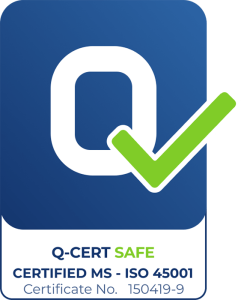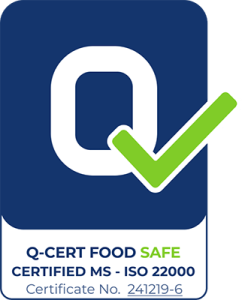Nephrolithiasis
Overview
Nephrolithiasis, which is more commonly known as kidney stones, is a condition when crystals form typically in the kidney and ideally leave the body, via the urethra, without causing pain.
It is the most common condition that affects the urinary system, affecting about 12% of the global population, with 600,000 cases diagnosed in the USA each year. In general, kidney stones are more prevalent in countries with a high standard of living such as Sweden, Canada, or the USA, impacting more than 10% of their population. Some regions report an increase of more than 37% over the last 20 years.
A personal history of past kidney stones increases the risk of developing kidney stones again by 15% within the first year, and 50% within the next ten years. A family history of kidney stones also increases your chances by 2.5 times. Also, increased enteric oxalate absorption, typically due to malabsorption, leads to more calcium oxalate crystals being formed. Other factors that increase your risk of developing kidney stones include urinary tract infections, not drinking enough fluids, a history of diabetes, obesity, gout, and hypertension. Also having acidic urine, with a pH< 5.5, is a risk factor which your nephrologist can help you address.
Diagnosis
A kidney stone will usually not cause symptoms while it is still within the kidney. The main symptom you may experience if you have kidney stones is severe, sharp, colicky, or dull pain that radiates to your lower abdomen and groin. This pain occurs as the stone moves into the ureters, which are the tubes that connect the kidneys with your bladder. Due to the severity of the pain, you may also experience nausea and vomiting.
To diagnose kidney stones, blood tests to examine kidney function are essential. Additionally, a urine test and urine acidity test may be recommended. These will determine which specific type of stone you’re experiencing. When it comes to imaging tests, an abdominal and pelvic computed tomography (CT) without contrast may be recommended. We generally do not use contrast in CT scans when looking for a kidney stone as the enhancement can obscure the stone. Occasionally, an ultrasound may also be recommended.
Treatment
Kidney stones can be extremely painful. Pain management is crucial, and usually anti-inflammatory medication is recommended. Additionally, it is essential you increase your fluid intake. A muscle relaxant medication may also help you pass the stone.
Stones greater than 6mm are likely to require some intervention, including percutaneous nephrolithotomy, rigid or flexible ureteroscopy and LASER fragmentation, and shock wave lithotripsy.
Why GMI
At the GMI, Department of Urology, a dedicated team of internationally acclaimed physicians guides each patient through their entire journey, from their diagnostic work-up to their treatment and post-treatment care.
The GMI team will never offer a simple “one size fits all” approach to any patient. We believe each patient’s case is as individual as they are, and strive to find the best solution for each of our patients, taking their specific case and diagnosis, their lifestyle, and choices into account.
We believe each of our patients is more than their diagnosis. That’s why our dedicated paramedics team supports patients on their journey by offering more than just expert medical care. We offer psychological help, integrative services (including yoga classes, and acupuncture) and have a GMI Patient Advocacy Program.
Adhering to our passion for innovation, and desire to progress the medical field, the GMI Department of Urology both initiates and participates in several clinical trials in which the most modern and advanced treatment concepts are tested.



